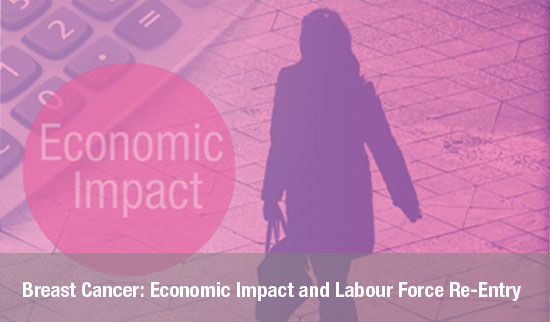By continuing to use our site, you consent to the processing of cookies, user data (location information, type and version of the OS, the type and version of the browser, the type of device and the resolution of its screen, the source of where the user came from, from which site or for what advertisement, language OS and Browser, which pages are opened and to which buttons the user presses, ip-address) for the purpose of site functioning, retargeting and statistical surveys and reviews. If you do not want your data to be processed, please leave the site.
The Voice of People With Breast Cancer
Education
Publications
& Resources
Breast Cancer: Economic Impact and Labour Force Re-Entry (2010)
 This report is the first comprehensive review of labour force re-entry following a breast cancer diagnosis and treatment. It examines the financial impact of breast cancer by highlighting the direct and indirect costs faced by Canadians and their families while battling this disease. The report firmly positions breast cancer as an economic issue as well as a health issue.
This report is the first comprehensive review of labour force re-entry following a breast cancer diagnosis and treatment. It examines the financial impact of breast cancer by highlighting the direct and indirect costs faced by Canadians and their families while battling this disease. The report firmly positions breast cancer as an economic issue as well as a health issue.
Breast Cancer: Economic Impact and Labour Force Re-Entry is based on a national survey of 446 Canadians with a recent breast cancer diagnosis. The survey was conducted in 2009 by Pollara public opinion and market research firm. Of those who participated in the online survey, 98% were women and 97% were of usual working age (18-64) at the time of diagnosis.
Objectives
Breast Cancer: Economic Impact and Labour Force Re-Entry aims to:
- Increase public awareness of the cost of breast cancer as well as its economic and health impacts
- Improve labour force reintegration of women after a diagnosis of and treatment for breast cancer
Economic Impact:
- 80% of respondents experienced a financial impact
- Employment Insurance (EI) sickness benefits last 15 weeks; there was an average gap of 23 weeks during treatment without EI coverage
- 44% respondents used savings
- 27% took on debt
- One fifth of respondents returned to work before they were ready because of financial pressure
- Those who had chemotherapy had a greater loss of household income and were 49% more likely to take longer than 16 weeks off work
Labour Force Re-entry:
- 81% of respondents were employed full time, part time or were self-employed at the time of diagnosis
- 16% of respondents had their jobs terminated and 12% were unable to return to their previous job with the same title and salary
- 45% of respondents noted a reduced physical ability to work
- There was a 16% decline in the number of respondents who were employed full time after treatment
- 20% of respondents reported that a gradual return to work eased the transition back into the workforce
Actions for Change
Every year approximately 22,000 Canadian women are diagnosed with breast cancer. Their economic situation is one of the most important factors in their recovery. CBCN proposes a call to action for concerned organizations and individuals to join in a task force that will review labour policy, insurance benefits and workplace accommodation structures to better reflect the reality of breast cancer treatment and subsequent labour force re-entry. The taskforce will:
- Work with federal decision makers to improve eligibility criteria and length of EI sickness benefits
- Work with provincial and territorial governments to close gaps in breast cancer treatment coverage
- Engage with employers, unions and professional associations to create and share best practices to facilitate successful re-entry
- Initiate dialogue with the insurance industry to address short and long-term disability and extended health benefits standards
- Collaborate with other cancer, chronic disease, and women’s organizations as well as concerned individuals to work together to promote necessary changes outlined in the report
Special Thanks
The Breast Cancer Society of Canada funded the research and Janet Dunbrack wrote the report. GlaxoSmithKline provided the translation, artistic design and printing of the report.
SHARE




